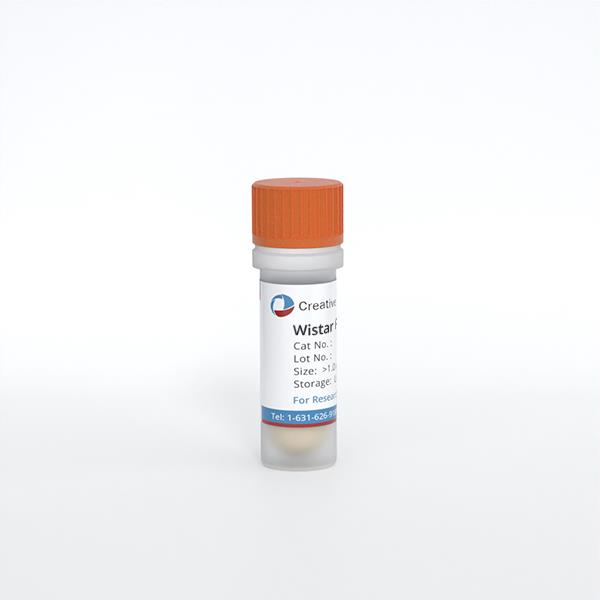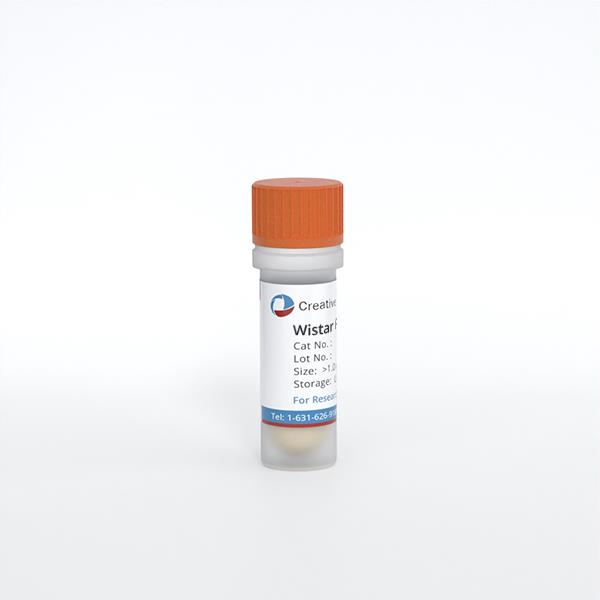Featured Products
- HCC-78
- HDLM-2
- DOHH-2
- L-540
- MX-1
- NALM-6
- NB-4
- CAL-51
- SNB-19
- KYSE-520
- MKN-45
- BA/F3
- MS-5
- HCEC-B4G12
- NK-92
- PA-TU-8988S
- MONO-MAC-1
- PA-TU-8902
- Human Microglia
- Human Hepatic Stellate Cells
- Human Skeletal Muscle Cells (DMD)
- Human Schwann Cells
- Human Oral Keratinocytes (HOK)
- Human Cardiomyocytes
- Human Small Intestinal Epithelial Cells
- Human Colonic Epithelial Cells
- Human Intestinal Fibroblasts
- Primary Human Large Intestine Microvascular Endothelial Cells
- Human Small Intestinal Microvascular Endothelial Cells
- Human Retinal Pigment Epithelial Cells
- Human Hepatocytes
- Cynomolgus Monkey Lung Microvascular Endothelial Cells
- Cynomolgus Monkey Vein Endothelial Cells
- C57BL/6 Mouse Primary Mammary Epithelial Cells
- C57BL/6 Mouse Vein Endothelial Cells
- Rat Primary Kidney Epithelial Cells
- Rat Gingival Epithelial Cells
- Rabbit Lung Endothelial Cells
Our Promise to You
Guaranteed product quality, expert customer support

ONLINE INQUIRY

- Specification
- Q & A
- Customer Review
Cat.No.
CSC-C5018S
Description
Adventitial fibroblasts (AF) in vascular adventitia produce collagen to support the blood vessel's structural integrity by tying it to the surrounding tissues. AF secrete cytokines and chemokines under pathological conditions to encourage a large-scale infiltration of immune cells into the adventitial layer of the vessel wall. Adventitial inflammation, which can result in cardiovascular disease, is caused by immune cell infiltration into the adventitia.
Rat Aortic Adventitial Fibroblasts (rADFs) from Creative Bioarray are isolated from the rat aortic adventitial tissue. The method we use to isolate renal collecting duct epthelial cells was developed based on a combination of established and our proprietary methods. The rADFs are characterized by immunofluorescence with antibodies specific to vimentin. Each vial contains 0.5x10^6 cells per ml and is delivered frozen.
Rat Aortic Adventitial Fibroblasts (rADFs) from Creative Bioarray are isolated from the rat aortic adventitial tissue. The method we use to isolate renal collecting duct epthelial cells was developed based on a combination of established and our proprietary methods. The rADFs are characterized by immunofluorescence with antibodies specific to vimentin. Each vial contains 0.5x10^6 cells per ml and is delivered frozen.
Species
Rat
Types Organ
Aorta
Recommended Medium
Quality Control
Rat Aortic Adventitial Fibroblasts are negative for HIV-1, HBV, HCV, mycoplasma, bacteria, yeast and fungi.
Storage and Shipping
Creative Bioarray ships frozen cells on dry ice. On receipt, immediately transfer frozen cells to liquid nitrogen (-180 °C) until ready for experimental use. Never can cells be kept at -20 °C.
Citation Guidance
If you use this products in your scientific publication, it should be cited in the publication as: Creative Bioarray cat no. If your paper has been published, please click here to submit the PubMed ID of your paper to get a coupon.
Ask a Question
Write your own review
- You May Also Need
Related Products








